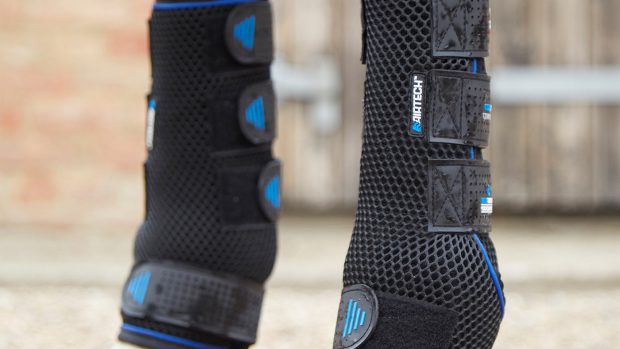Tendon injury is a major cause of lameness in athletic horses. Eventers and racehorses, particularly national hunt horses and point-to-pointers, are susceptible to injury of the superficial digital flexor tendon.
Until recently, the only scientific treatment for these injuries was prolonged rest to allow natural healing. Recent developments in tissue engineering have enabled stem cell technology to be used to treat tendon and suspensory ligament injuries.
Stem cells are immature cells produced by the body that grow into whatever type of cells are required to replace old or diseased ones. The horse is able to fend off the effects of ageing and recover from injury and disease by the growth and differentiation of stem cells.
Stem cell therapy involves harvesting stem cells, usually from the bone marrow of the horse to be treated. This tissue is sent to a specialist laboratory, where the stem cells are selected and multiplied by cell culture.
The purified cell sample is then transported back to the vet supervising the treatment, who injects them into the injury site. Here, the stem cells will develop into tendon cells and produce new tissue to replace the damaged tendon.
The whole science of tissue engineering is very new in both the medical and the veterinary world. Scientists are still learning about the best ways to purify and treat stem cells to ensure as many as possible turn into tendon cells and assist the process of repair.
Trials to evaluate the effectiveness of this treatment are also in their early stages. Although there have been some well-publicised successes, it is too early to state with absolute certainty that this method of treating strained tendons is better than rest alone.
Scientists will continue to evaluate stem cell therapy as a treatment for tendon injuries and, within a few years, it should be possible to determine the true benefits of treatment.




